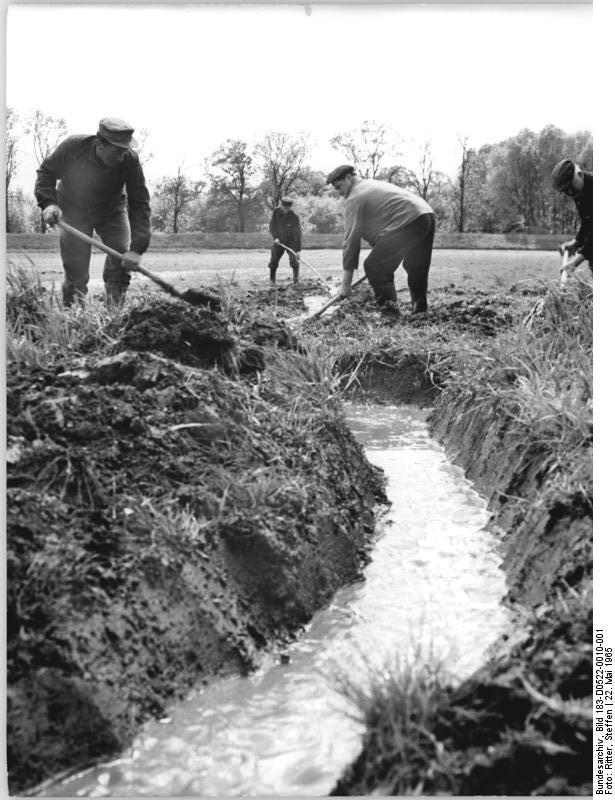dreno v0.1.8
what?
dreno (portuguese for drain) is a small framework that combines the functional-reactive approach of Cycle.js with the simplicity and scalability of state management given by MobX.
why?
Because it had to be done. Read more about it here.
how does it work?
Basically, you render some components with React while accessing values from a state that is given by the observable function. Whenever the components emit events you want to react to, you track these events. Any tracked event can be accessed from the select function as a xstream stream. From the streams given by select and any other streams you may create (for example, for accessing external or browser APIs) you should be able to deduce the values that will then be passed to observable.
See some simple live examples with the code used to generate them.
getting started
npm install drenoYou may start your app by copypasting the following boilerplate:
// app.js
const ReactDOM = require('react-dom')
const {observer, observable, track, select} = require('dreno')
const state = observable({
/* attributes that will be accessed
* directly from the components
* go here.
*
* count: select('a.add-one')
* .events('click')
* .mapTo(1)
* .fold((acc, s) => acc + s, 0)
* .startWith(0)
*/
})
const MainComponent = observer(
/* any React component class, either a stateless function,
* a class inheriting from React.Component or created with
* 'create-react-class'.
*
* only remember to set the event handlers to `track`,
* like <a href='#' className='add-one' onClick={track}>click here to add 1</a>
*/
)
ReactDOM.render(
MainComponent,
document.getElementById(/* your react root element */)
)Apart from that, you can do all the usual React stuff, transpilation etc.
Some germans performing drainage:

based on an idea first exposed at https://gist.github.com/fiatjaf/ece86e33b1f8846c8f8c318778b0895a.